We break down the most important things to know before traveling to Cuba – from visas to the local currency – so that your travel planning can go a lot smoother.
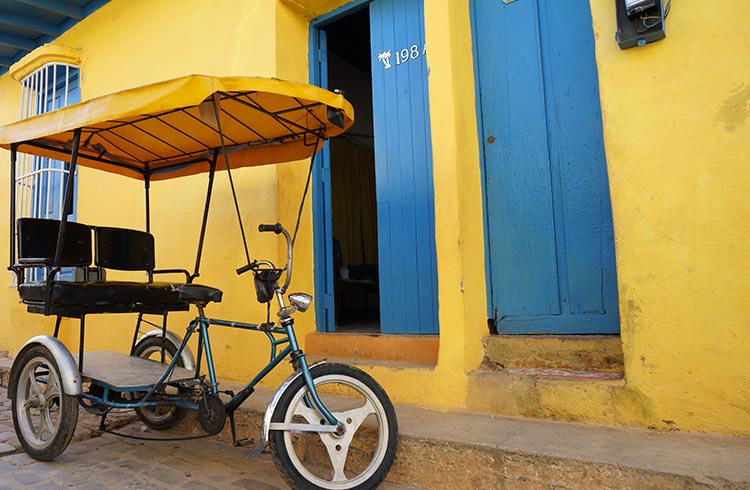 Photo © Goats on the Road
Photo © Goats on the Road
As you start planning for a trip to Cuba, you may start to feel overwhelmed. There’s a lot to know before you go, including the mandatory insurance policy, visa policies, scams, potential dangers and the dual-currency system. These insider tips will help you prepare.
1. You must have travel insurance
Every traveler who visits Cuba must show proof of valid travel insurance with medical coverage upon entering the country.
While there are reports of some border officials failing to check, to be safe you should definitely have insurance when you land.
If you don’t have any travel insurance when your plane lands, you can buy it at the airport, but it may not provide adequate coverage for emergencies.
2. You must have a visa before arriving
There is no visa on arrival (VOA) in Cuba. Visitors from most countries, including the US, UK, Australia, Canada, and most European countries, need to procure a Cuba Tourist Card (often referred to as a Tourist Visa) before boarding the plane to Cuba. These are available through the consulate, a travel agency or tour operator, or at some airports, and some airlines will include the Tourist Card in the ticket price. Citizens from a handful of countries can stay in Cuba without applying for a Tourist Card. And citizens of a few countries are ineligible for the Tourist Card and need to get a Cuba Visa from their local consulate.
If you’re an American Citizen traveling on an American passport, you’re technically not allowed to visit Cuba unless you fall under one of these 12 categories.
Thankfully, it’s becoming increasingly easy for Americans to travel to Cuba, as one of the twelve categories is: “support for the Cuban people”.
3. There are no longer two currencies in Cuba
After some 25 years of using two currencies, Cuba adopted the Cuban peso (CUP) as its sole currency in January 2021.
It’s always wise to carry some CUP in your pocket in case you come across a “peso food” stand. These places serve up tasty meals and charge in CUP, so you can usually get a filling dish for just a buck or two.
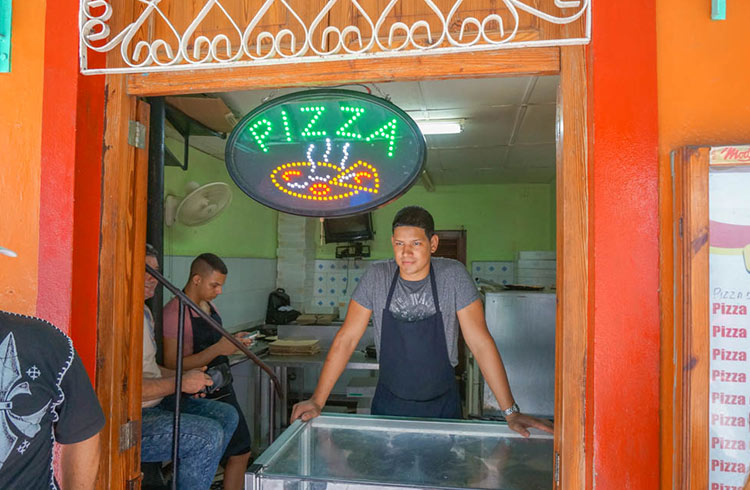
4. There’s no longer an American dollar tax
In 2020, Cuba eliminated its 10% American Dollar tax. Previously, if you tried to exchange USD at a cardeca (money exchange booth) for Cuban currency, you were charged an extra 10%.
It used to be a good policy for Americans to convert their USD into Canadian Dollars, Euro, Great British Pounds or another major internationally accepted currency before heading to Cuba, but that's no longer the case.
On another note, American debit and credit cards do not work at the ATMs in Cuba, and you cannot pay your bill with credit card.
Bring a sufficient amount of cash to Cuba!
5. Scams to watch out for
The cigar scam is one of the most common. A swindler will approach a tourist on the street, offering to sell them cigars at at a steep discount. Those cigars are fake – genuine cigars are only available in state-run shops or official factories. Other annoyances include people offering to show you to a restaurant or hotel (which is owned by a friend or relative who pays them a commission), locals offering to change your money and giving you counterfeit or outdated currency, and some minor instances of pick-pocketing and robbery.
Be cautious of who you do business with and protect your valuables at all times.
6. Home stays are called Casas Particulares
While there are some nice hotels and resorts around Cuba, the best way to see the country is by staying in Casas Particulares. These family-run home stays are the most affordable and most authentic places to stay.
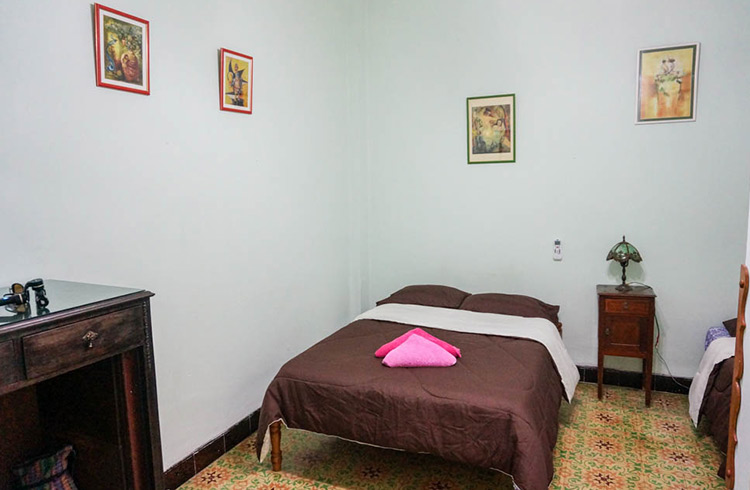
Not only will you get a nice room with a comfortable bed and (usually) a private bathroom, you’ll have the added bonus of staying with a local family who can point you to less-touristy attractions, and even cook dinner for you (for an added cost) upon request.
7. Don’t support government-run businesses
There are enough locally-owned restaurants, hotels and tour guides around the country that you really don’t have to go to the government-run places.
Put some of your valuable tourist dollars back into the pockets of the local people who work so hard to make sure that your trip is the best it can be.
Typically, family-run restaurants are called “paladares” and they’re a much better alternative to the state-run places, especially those seeking a closer interaction with Cuban culture and better, homemade Cuban food.
There are plenty of paladares in most major tourist towns so you should have no problem finding them and helping the local private business economy.
Heading to Cuba? Download our FREE Insider’s Guide!
Related articles
Simple and flexible travel insurance
You can buy at home or while traveling, and claim online from anywhere in the world. With 150+ adventure activities covered and 24/7 emergency assistance.
Get a quote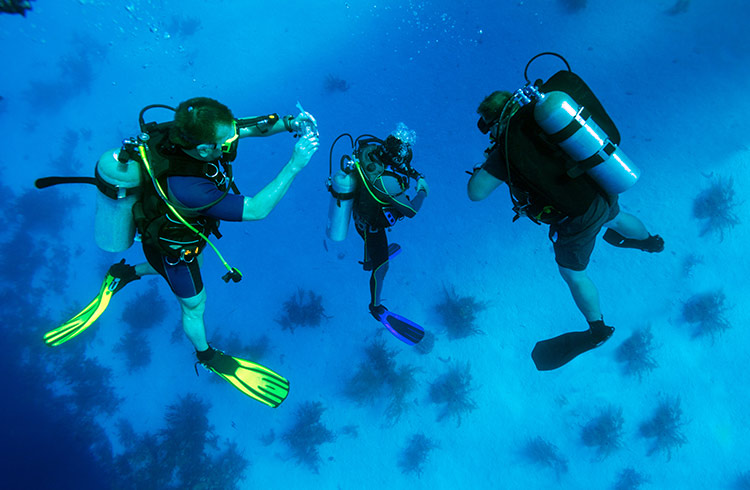
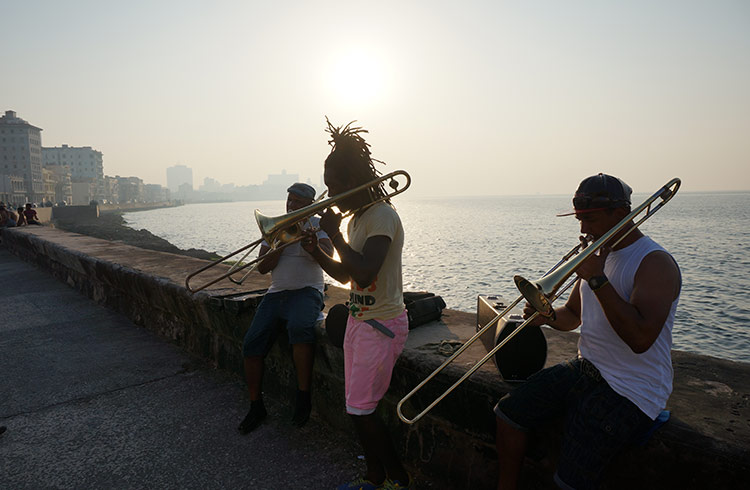
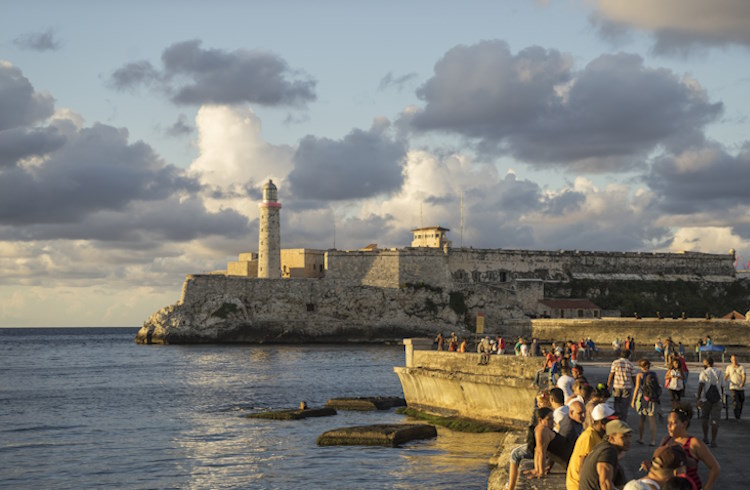

7 Comments
I was just in Cuba and I agree with most of these points. They're important to know.
However, I landed at Havana airport (HAV) without a visa and I was able to purchase one ($75) at the visa desk at the immigration/passport control area (local currency or dollars only; a guard had to walk me through security to a bank machine then back through security to pay for the visa then I had to go through customs and security again to enter Cuba.
I'll go back again and learn from what didn't go right the first time!
My Wife and I went to Cuba early on thru Road Scholar Travel who had a People to People permit and had a GREAT time. We were able to visit dance studios to watch practices of national dancers. Artist homes for a personal visit, schools,etc.
Loved staying three night at the famous Hotel National in Havana.
Eating in private eateries was special as opposed to Government places. They start you out with a drink and afterwards with a cigar.
Use a company who can expose you to things that are special.
We were just there as well and had a great time!
I would also recommend converting your USD into Pesos or Canadian dollars as well to avoid the 10% fee that is ON TOP OF the conversion fee.
I'd also highly recommend downloading maps.me BEFORE you get there so you know where you are at all times.
I actually made a video about it with all of my tips in the description:
https://www.youtube.com/watch?v=fCAdzK3MlBg&t=198s
I went a month ago and met our Gulfstream Sailing Club at the Hemingway Yacht Club. It was quite an interesting experience. Definitely get a real map especially around Havana. THe Tropicana Night CLub was one of the Highlights of my trip. It also is better to hire a taxi by the day instead of place to place which gets to be extremely expensive. Air BnB is the way to go! I stayed at 2 different homes and found them most delightful and inexpensive. I also stayed at the Hotel Deauville which at one time was a good place, however it really needs a complete upgrade in the rooms. However going on line is almost impossible unless you are staying at a hotel and then it is incorporated into your room charges. The Deauville is FREE in their bar and it is right on the ocean and famous road. Make sure you turn your phone off or you will have roaming charges! Lot's of Lobster is available at restaurants. Sloppy Joe's has been redone and is really too "up to date" but the best Bar is the "FLoradita" and you must have your picture taken next to the Bronze Hemingway you feel like he is really looking at you and the Daiquiri's are wonderful! People are lovely.
So, I have heard from a few Americans that have been to Cuba recently that you do not
need to do anything now to enter Cuba except go to your American airport, buy visa there
for $50, and thats it. No worries about the 12 ways to enter. True?
Where exactly at the airport do you get the Cuban visa?
I have been to Cuba twice, and from everything that the I learned or heard, it's not the Cuban's who care if the American's come to their country, it's the Americans who care if Americans go to Cuba. I am a Canadian, and I almost had to BEG to get my passport stamped by immigration on both occasions. They are very aware that some travelers may be bypassing their own country's travel regulations, not Cuba's.
If you are an American wanting to travel to Cuba I found this article super helpful! https://stamptrampstravel.com/how-to-visit-cuba-as-an-american-flying-out-of-the-u-s/